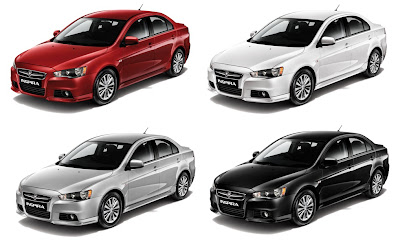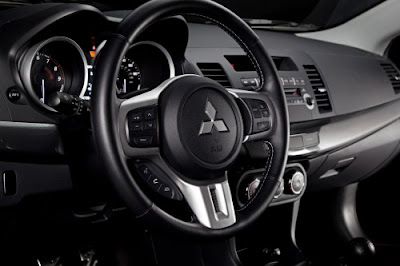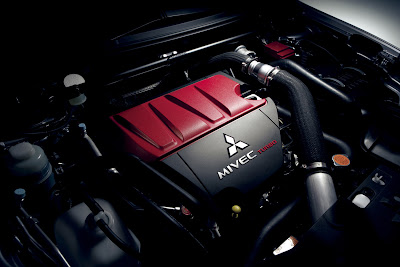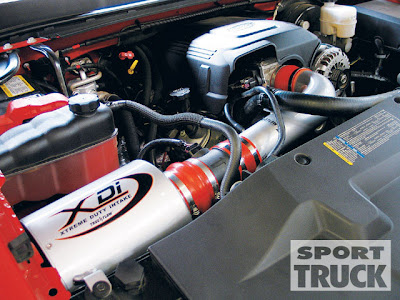The car, whose first generation was designed by Frank Stephenson, draws inspiration from the original Mini, which was manufactured by the British Motor Corporation and its successors from 1959 to 2000. The name of the car's brand, MINI, is all-capitalized to distinguish it from its predecessor. Development of the first generation had been done between 1995 and 2001 by Rover Group in Gaydon, United Kingdom and BMW AG in Munich, Germany. During this development phase, there was continual contention between the two design groups, especially concerning the positioning of the car, Rover wanted a straight economy car, whilst BMW supported a small, sporting car. Ultimately, BMW prevailed, and in 1999, they assumed control over the entire project following the departure of BMW's CEO, Bernd Pischets rider. When BMW divested itself of Rover in 2000, BMW elected to retain the Mini project, and to move the planned production site of the car from Rover's Long bridge plant, (the former production plant of the traditional Mini) to BMW's Oxford plant in Cowley, Oxford, United Kingdom (what was historically the Pressed Steel Company body plant).
The vehicles produced during the 2001 to 2006 model years (unofficially, the "Mk I Mini") included four hatchback models (referred to by Mini as the Cooper Hardtop): the basic "Mini One", the diesel- engined "Mini One/D", the sportier "Mini Cooper" and the supercharged "Mini Cooper S"; in 2005, a convertible roof option was added to the Mk I line-up. In November 2006, BMW released a re-engineered version of the Mini Hardtop (unofficially the "Mk II Mini") as a 2007 model-year vehicle. The Mk II is currently [update] available in the original Hard to pand Convertible body styles (the latter being introduced as a 2009 model). A third Mk II body style, an estate called the Clubman, was introduced as a 2008 model.








































